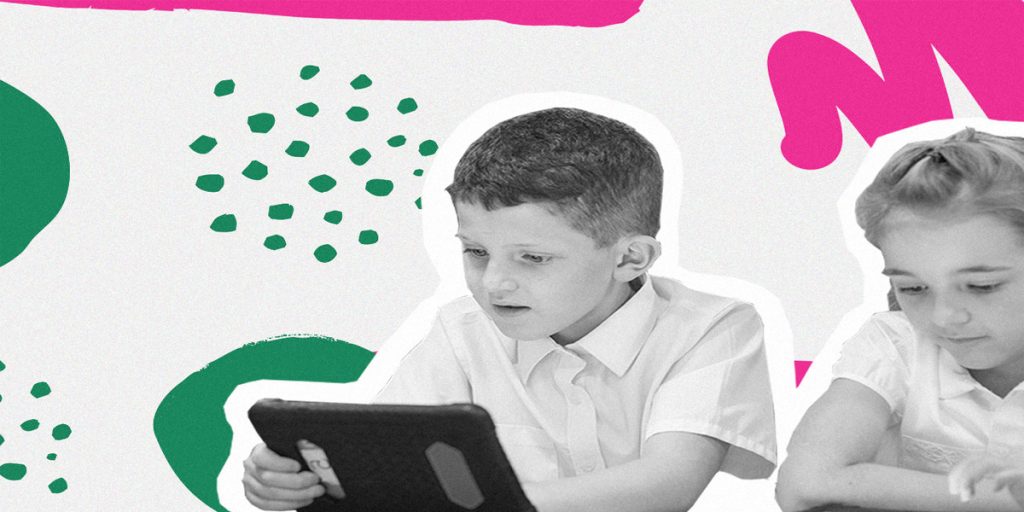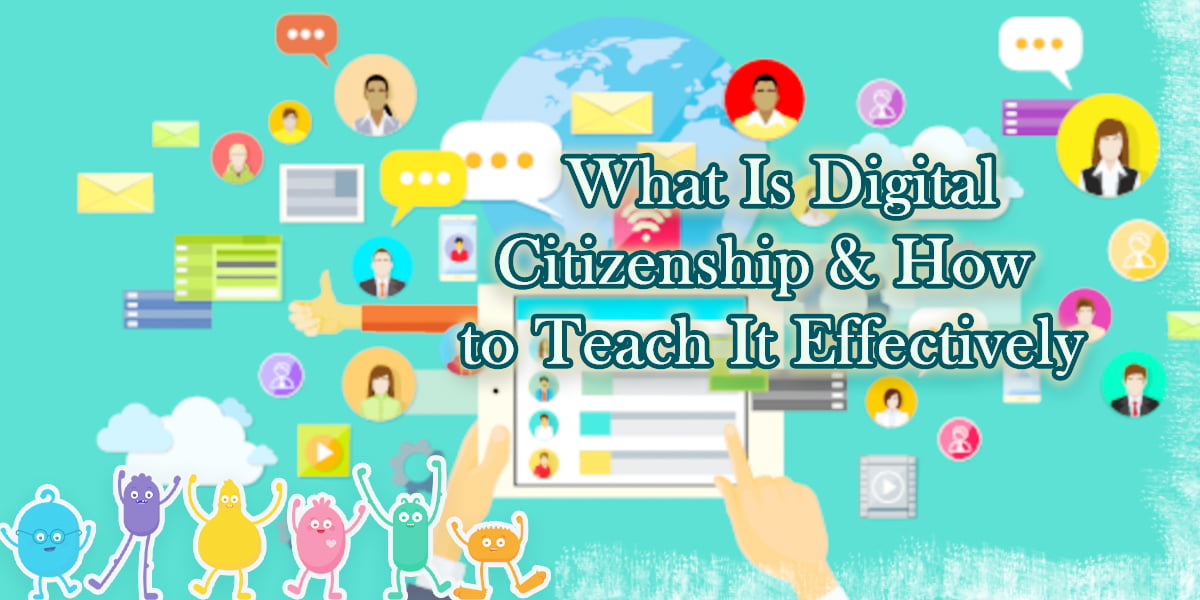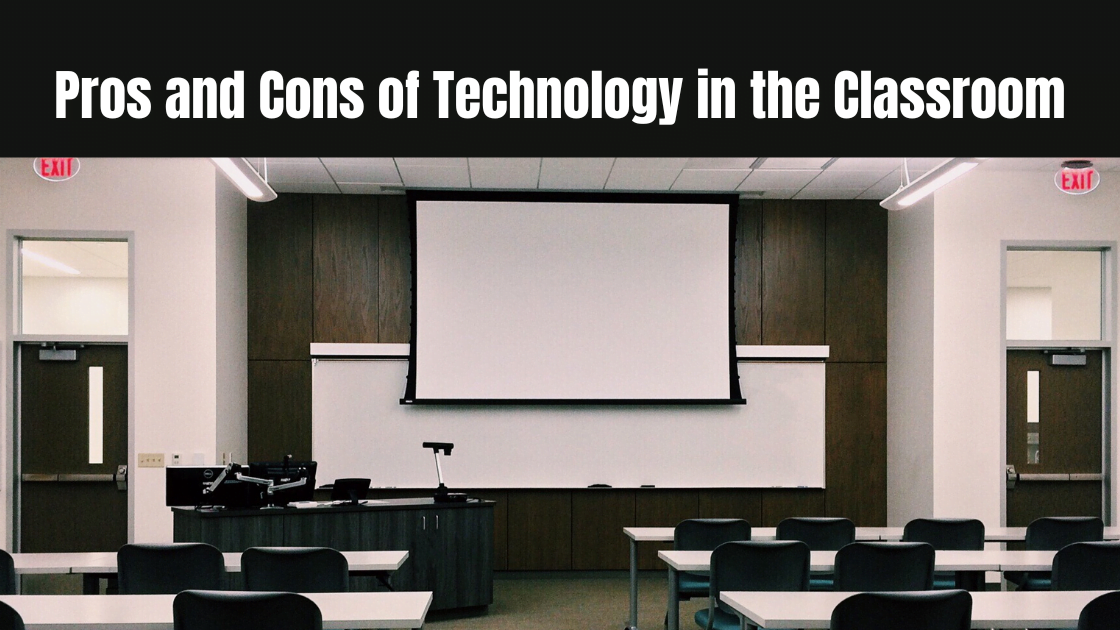Digital citizenship is an important concept that should be taught to all students. It involves being aware of the ethical, cultural, and legal implications of using technology, and it can help individuals use digital technologies safely, responsibly, and effectively. Here we will discuss what digital citizenship is and how it can be taught effectively, and the key principles that should be included in digital citizenship education. Teaching students can make them more responsible and informed technology users.
What Is Digital Citizenship?
It is an important concept in our technology-driven world. It refers to the responsible use of digital devices, software, networks, and other online services. Digital citizenship involves:
- Being aware of safety considerations.
- Understanding the importance of privacy.
- Respecting the rights of others and understanding your impact on digital environments.
To teach it effectively requires addressing topics such as cyberbullying, online safety and responsible use of social media. Educators should foster an understanding of digital etiquette, critical thinking skills, digital footprint awareness, and ethical behavior’s importance.
Here are some ways about how to teach It effectively:
Model Digital Citizenship
Model digital citizenship is an important part of teaching digital citizenship. It involves adults actively demonstrating good online behavior and helping children understand what being a responsible digital citizen means. Teachers, parents, and other adults must set the tone for proper online behavior to help children learn from examples. Modeling digital citizenship involves using appropriate language and being respectful of others online while also taking steps to protect personal information by not oversharing or clicking on suspicious links. It is important to practice good digital hygiene practices, such as regularly updating computer software and ensuring passwords are secure.
Technology Guidelines & Policies
Technology guidelines and policies are an integral part of digital citizenship. They guide the proper use of technology, including software and hardware standards, how to protect one’s privacy online, and how to handle cyberbullying. These guidelines ensure that everyone is using technology responsibly and ethically. It is important to ensure that all students understand the importance of following these guidelines and policies to navigate the online world safely. When creating technology guidelines and policies, involving students in the process is important. This will help ensure that all guidelines are age-appropriate, easily understood, and respected by the student body.
Use Digital Tools to Teach
Using digital tools such as videos, webinars, and online resources can be a wonderful way to teach digital citizenship. By using videos that demonstrate appropriate online behavior or webinars with experts in the field, educators can provide students with a comprehensive understanding of digital citizenship. Online resources such as articles and blogs offer supplemental material for further exploration into digital citizenship topics.
Responsible Use of Technology
This means understanding how to be a responsible user of technology by adhering to laws, practicing privacy and safety online, understanding copyright and intellectual property, and respecting the rights of others. It includes a basic understanding of how technology works and maintaining digital etiquette standards while using technology for communication. Teaching responsible use of technology helps ensure that students are aware of the potential risks associated with their online activities to make informed, safe choices.
Empower Students to Be Creative
Empowering students to be creative is an essential part of teaching digital citizenship. Students can use the digital world to create meaningful projects that promote positive digital behavior by providing them with the tools and allowing for self-expression. Educators can foster creativity by teaching students to think critically and responsibly evaluate media content. Providing safe spaces for experimentation and collaboration will encourage students to explore their creative potential while developing an understanding of online etiquette and safety. This will lead to a greater appreciation of digital communication and citizenship.
Online Safety & Security
Online safety and security are important aspects of digital citizenship. As digital citizens, we must protect ourselves while using the internet. This can include using strong passwords, avoiding online frauds, and only sharing personal information with trusted sources. Teaching students about good online safety practices is a key element of digital citizenship education. It can help them stay safe while exploring the web. Schools should have policies in place to provide an additional layer of protection for their students. These policies should include clear expectations for digital behavior and appropriate consequences for violations.
Regular Discussions
Regular discussions with students are essential to ensure that they understand the importance of showing respect online, protecting personal information and data, understanding copyright laws, and upholding the core values of digital citizenship. These conversations should frequent to ensure that students are reminded of the importance of digital citizenship in their everyday lives. These discussions should tailor to each student’s unique needs and capabilities, as not all students may understand these topics. Educators can use role-playing and simulations to help students understand the consequences of their online actions. For instance, educators can create scenarios where students must respond in a way that reflects good digital citizenship.

Technology Knowledge & Skills
Technology knowledge and skills are important aspects of citizenship. To effectively teach it, students should be prepared to use technology responsibly, safely, and ethically. It includes learning how to effectively use computers, the internet, and other digital tools to protect their privacy and prevent cyberbullying or other online dangers. It also includes learning to manage digital devices and accounts, create strong passwords, and recognize fake news or inappropriate content. Teaching technology knowledge and skills helps students become more responsible digital citizens.
Celebrate Positive Online Behavior
Celebrating positive online behavior helps to encourage kids and teens to be more responsible digital citizens. Recognizing, praising, and rewarding students displaying positive behavior online, such as respectful communication with others or constructive participation in digital activities, further encourages them to continue building and practicing good digital citizenship habits. It also helps foster a sense of community in the classroom by showing students that their peers appreciate responsible behavior in the digital space. Positive online behavior can be celebrated through verbal recognition, awarding digital badges or stickers, and offering incentives. It is just as important to reprimand inappropriate behavior in a constructive way that encourages learning and growth.
Revision of Digital Content
Revision is an important part of digital citizenship. It should be taught to learners as they create content and revisit the concepts throughout their learning process. Revision encourages learners to take responsibility for their content, think critically about what they are writing or creating, and ensure that it is accurate and well-formatted. It also helps learners become aware of potential issues arising from how they present information online, such as copyright infringement or cyberbullying. Digital citizenship should also teach learners the importance of citing sources and respecting others’ intellectual property. This is an important skill for digital citizens to be able to build on the work of others and understand why it is important to give credit where due.
Bottom Lines
Digital citizenship is an important concept that must be taught effectively. Educators need to ensure to lead the skills students need to make responsible decisions online and provide them with resources and the necessary tools for success. Digital citizenship discusses with students in a safe, open environment where questions can be asked without fear of judgment or ridicule. Educators provide students with knowledge. They need to navigate the digital world and are responsible to take proactive steps to ensure that digital citizenship is properly taught.




